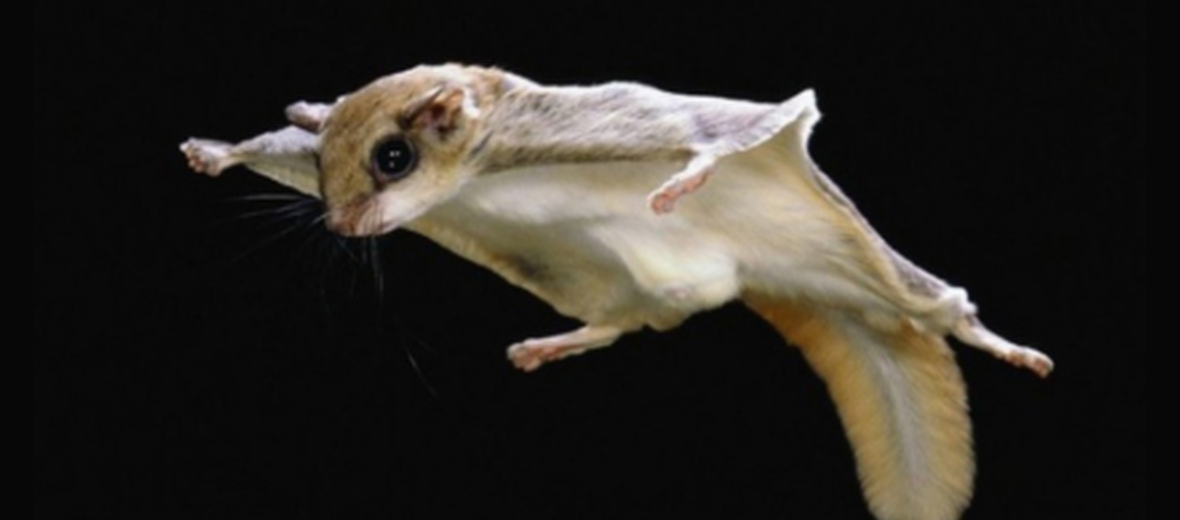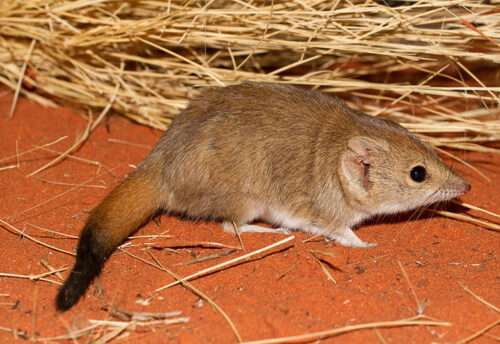
Despite their namesake, the northern flying squirrel doesn’t actually fly, but rather glides from tree to tree. Bats are the only mammal known to actually fly. There are 43 known species of flying squirrels in the world, from North America, to Asia, to Europe. 90% of the world’s flying squirrels are found in Asia; that’s 40 of the known 43 species. The Northern squirrels live from Alaska, through Canada and down into the main northern states. These cool creatures prefer old growth mist forests and like deciduous trees. Northern flying squirrels are listed as Least Concern by the IUCN.
First the Stats…
Scientific name: Glaucomys sabrinus
Weight: Up to 4.6 ounces
Length: Up to 6.3 inches, plus their tail
Lifespan: Up to 15 years
Now on to the Facts!
1.) These critters have been around since the Oligocene Epoch (33 – 23 million years ago).
2.) They sail from tree to tree on a specially evolved membrane between their front and back limbs called a patagia.
3.) The only other mammals known to have this membranous feature are colugos, anomalures, and sugar gliders.
4.) Northern flying squirrels, like all flying squirrels, are nocturnal (active at night).
5.) Flying squirrels fluoresce a pink color at night. It’s is unknown as to why this occurs.
But wait, there’s more on the northern flying squirrel!
6.) The flying squirrel is omnivorous (eats plant and animal matter). They like to eat snails, slugs, mice, eggs, small birds, berries, seeds, mushrooms, nuts, tree bark, flowers, and more.
7.) Up to 15,000 nuts are gathered in a year’s time by these industrious critters.
Did you know…?
Flying squirrels can make 180° turns, mid air, while soaring from the treetops. They can also sail up to 300 feet before having to land!
8.) Primary predators of these cute creatures are snakes, owls, raccoons, coyotes, foxes, birds, dogs, and cats.
9.) Producing 1 litter per season, mating typically occurs early in the spring to late summer.
10.) Females produces 2 – 7 kits.
Now a Short Northern Flying Squirrel Video!
Also, check out the Critter Science YouTube channel. Videos added frequently!
Want to suggest a critter for me to write about? Let me know here.



